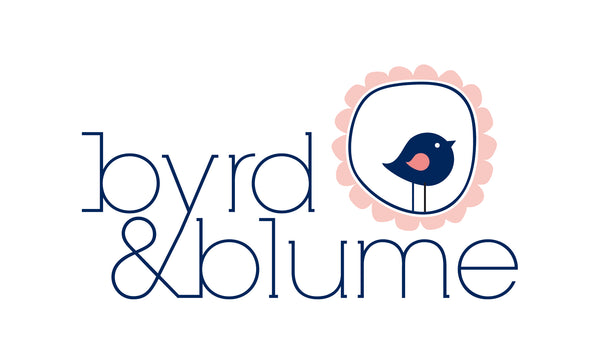Designing a Montessori-inspired play space is one of the best ways to encourage independence, creativity, and early learning for your little one. The Montessori method emphasizes freedom within limits, natural materials, and child-led exploration, making it a perfect philosophy for modern parents who want to provide a nurturing environment.
In this guide, we’ll show you how to create a Montessori play area, the key elements to include, and why an organic cotton playmat is the ideal foundation.
What Is a Montessori Play Space?
A Montessori play space is designed to be calm, clutter-free, and tailored to a child’s developmental needs. Unlike traditional nurseries filled with bright plastic toys, Montessori spaces focus on:
• Natural materials like wood, cotton, and wool.
• Minimalism — fewer, better toys that spark curiosity.
• Open-ended play — items that encourage imagination and problem-solving.
• Accessibility — everything is arranged at the child’s level.
Why Montessori Principles Are Perfect for Babies
From birth to age 3, babies experience rapid growth and absorb information like sponges. A Montessori-inspired setup supports:
• Independence – Low shelves and simple toy rotations let babies explore freely.
• Focus and concentration – A calm environment reduces overstimulation.
• Sensory development – Natural textures, fabrics, and safe materials promote healthy exploration.
Step-by-Step: Creating Your Montessori Play Area
1. Start with a Soft, Safe Base
The floor is the main playground for a baby, so invest in a high-quality playmat. Byrd & Blume’s 100% organic cotton playmat is perfect — it’s non-toxic, hypoallergenic, and GOTS-certified, providing a natural surface for tummy time, crawling, and play.
2. Keep It Minimal
Instead of overflowing toy bins, select 4–6 quality toys and rotate them weekly. Choose Montessori-inspired toys like wooden rattles, soft fabric books, and stacking cups.
3. Use Low Shelves and Open Baskets
Place toys on low, accessible shelves or in shallow baskets so your baby can choose what to play with — encouraging independence from an early age.
4. Add a Mirror for Movement
A baby-safe mirror at floor level allows your baby to observe their own movements, aiding body awareness and visual development.
5. Choose Natural, Neutral Tones
Montessori spaces avoid overstimulation by using calming colours and natural materials. Byrd & Blume’s neutral playmat shades, such as soft grey or sage, blend perfectly with this aesthetic.
Why an Organic Cotton Playmat Is the Perfect Montessori Choice
• Eco-Friendly & Safe: Free from harmful chemicals found in many foam mats.
• Soft & Supportive: Ideal for tummy time and crawling.
• Stylish Design: Complements Montessori-style interiors without clashing with natural wooden toys.
• Durable & Easy to Clean: Machine washable at 30°C for stress-free maintenance.
Tips to Keep Your Play Space Montessori-Aligned
• Observe, Don’t Overwhelm: Let your baby lead their play without too many instructions.
• Rotate and Refresh: Every 1–2 weeks, swap out toys to maintain interest.
• Incorporate Nature: Bring in plants, natural light, and outdoor elements to stimulate the senses.
Final Thoughts
Creating a Montessori-inspired play space doesn’t have to be complicated. By focusing on simplicity, natural materials, and child-led learning, you can craft a safe and beautiful environment that supports your baby’s growth.
Looking for the perfect base for your Montessori setup?
Shop Byrd & Blume’s 100% Organic Cotton Playmats and give your baby a safe, sustainable start.

